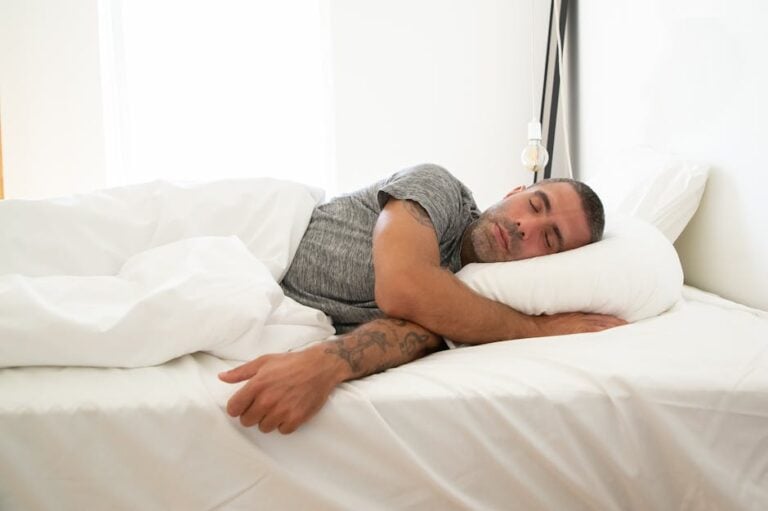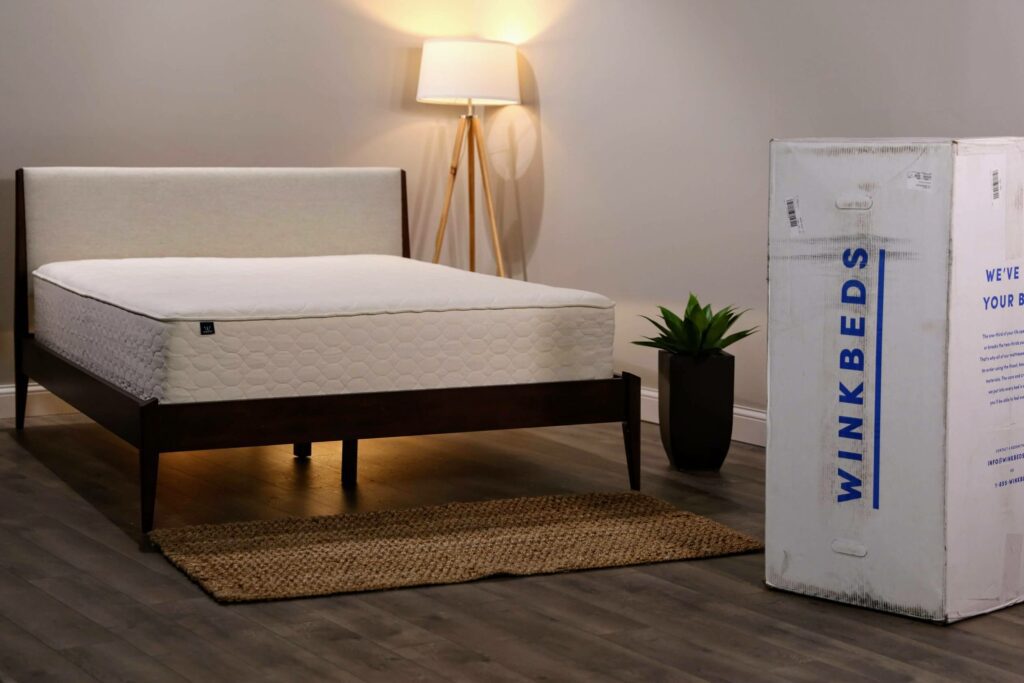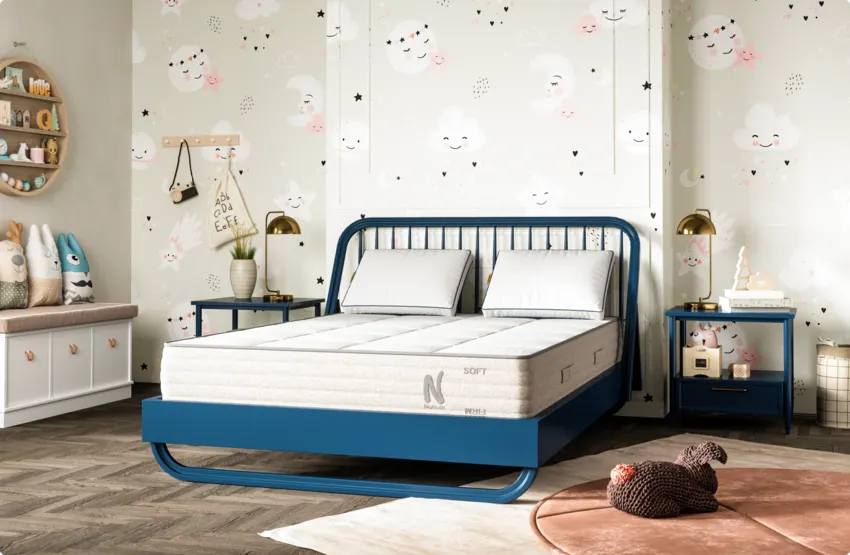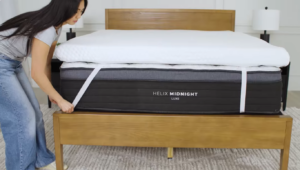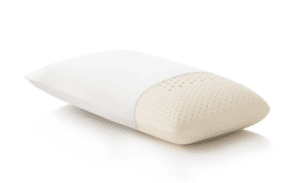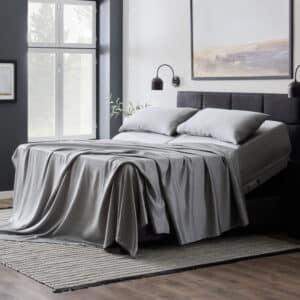All About People That Sleep with Their Eyes Open: Causes Explained
Nocturnal lagophthalmos, commonly referred to as sleeping with one’s eyes open, is a surprisingly prevalent condition that affects around 1 in 20 individuals. This intriguing phenomenon can lead to various eye and sleep-related complications, leaving those affected both uncomfortable and anxious about their health. Understanding nocturnal lagophthalmos is essential for anyone experiencing its symptoms or concerned about their sleep quality.
What Is Nocturnal Lagophthalmos?
Nocturnal lagophthalmos occurs when individuals are unable to close their eyes completely during sleep. While this may seem unusual, many are unaware of how common it actually is. When the eyelids do not fully shut, several uncomfortable symptoms can manifest.
Symptoms of Sleeping with Eyes Open
People who sleep with their eyes open may experience a variety of symptoms, often noticeable upon waking. These symptoms can include:
– Dry Eyes: The most common occurrence, as the absence of eyelid coverage leads to rapid moisture loss.
– Irritation: A gritty or scratchy sensation is frequent among those affected.
– Blurry Vision: Dryness can cause temporary vision blurriness, especially after waking.
– Sensitivity to Light: Light exposure can trigger discomfort, potentially interrupting sleep.
– Redness: Lack of lubrication results in irritation, making the eyes appear red and bloodshot.
– Foreign Body Sensation: This sensation can arise from irritation caused by dryness.
These symptoms can severely impact daily life, making it imperative to seek a diagnosis if they persist.
Real-Life Impact of Nocturnal Lagophthalmos
Imagine waking up every day with uncomfortable, red eyes that feel sore and gritty. This is the daily reality for many with nocturnal lagophthalmos. Over time, inadequately treated symptoms can escalate to more serious complications, such as keratitis (inflammation of the cornea) or corneal ulcers, both of which can severely affect vision.
A study in the Mayo Clinic Proceedings emphasizes that people suffering from nocturnal lagophthalmos often experience poor sleep quality, further compounding their discomfort. Recognizing these symptoms is crucial for timely intervention.
Causes of Sleeping with Eyes Open
Understanding what leads to nocturnal lagophthalmos helps in addressing the issue effectively. Several underlying factors contribute to this condition:
Medical Conditions
Various medical issues can impede the ability to close the eyelids fully:
– Bell’s Palsy: Causes sudden facial muscle weakness, hampering eyelid closure.
– Stroke: Can damage brain areas controlling facial muscles, leading to nocturnal lagophthalmos.
– Graves’ Disease: An autoimmune disorder that can cause eye bulging, making it challenging to fully close the eyelids.
– Moebius Syndrome: A rare neurological condition that affects facial muscles.
– Guillain-Barré Syndrome: An autoimmune disorder that causes muscular weakness and paralysis.
Infections
Infections can also impair the functionality of facial nerves and muscles:
– Lyme Disease and Mumps are two conditions that can complicate eyelid closure due to nerve involvement.
– Polio and Leprosy are rare but can contribute to muscular paralysis affecting the eyes.
Anatomical Differences
Physical variations in the anatomy of the eyes and face can also lead to nocturnal lagophthalmos:
– Exophthalmos: Often linked to Graves’ disease, this condition causes bulging eyes.
– Congenital Conditions or surgical alterations can predispose individuals to difficulty in closing their eyes fully.
Behavioral Factors
Certain lifestyle choices can exacerbate the issue:
– Alcohol Consumption and the use of sedatives can reduce muscle tone and impede eyelid closure during sleep.
How to Diagnose Nocturnal Lagophthalmos
Accurate diagnosis of nocturnal lagophthalmos is paramount for effective treatment. A healthcare professional may employ several diagnostic methods:
– Comprehensive Eye Exam: To assess eye dryness and any potential damage.
– Family Observations: Insight from family members can reveal crucial information about sleeping patterns.
– Medical History Review: Understanding prior medical conditions can shed light on the root causes.
– Slit Lamp Exam: This test inspects eye structures, revealing any abnormalities.
– Fluorescein Staining: This technique identifies corneal damage, highlighting potential complications from eye exposure during sleep.
Treatment Options for People That Sleep with Their Eyes Open
A range of treatment methods can help mitigate the discomfort associated with nocturnal lagophthalmos.
Non-Surgical Treatments
1. Eye Wetting Drops and Ointments: Artificial tears or lubricating ointments are effective for keeping the eyes moist, particularly before bedtime.
2. Moisture Goggles and Eye Masks: These create a humid environment to combat dryness.
3. Humidifiers: Adding moisture to the air in the bedroom can significantly reduce dryness during sleep.
4. Eyelid Weights and Medical Tape: These methods help ensure eyelids remain closed. It’s essential to consult a healthcare provider for safe application.
Surgical Options
In severe cases, surgical interventions may be necessary:
1. Eyelid Weights: Gold weights can be implanted to facilitate eyelid closure.
2. Eyelid Expansion Surgery: This modifies the anatomy to enhance eyelid functionality.
Complications if Left Untreated
Neglected nocturnal lagophthalmos can lead to several serious complications:
– Chronic Dry Eyes: This can evolve into persistent discomfort and more severe conditions.
– Eye Infections: Increased exposure makes the eyes vulnerable to infections such as conjunctivitis.
– Corneal Ulcers: These painful sores can result from prolonged exposure and can lead to vision impairment.
– Vision Loss: Continual damage to the cornea can permanently affect eyesight.
Conclusion
Understanding nocturnal lagophthalmos is essential for those who might be affected. Ignoring this condition can have dire consequences for eye health and overall well-being. If you suspect that you, or someone you know, sleeps with their eyes open, it is crucial to seek medical advice promptly. Early intervention can prevent serious complications, ensuring that both eye health and sleep quality are maintained.
Addressing this issue isn’t just about achieving eyelid closure; it’s about safeguarding your health. By exploring available treatments—both non-surgical and surgical—you can preserve your eye health and enhance your sleep. Prioritizing proper diagnostics and treatment will lead to better rest and a more comfortable day-to-day life. For more information on improving sleep quality and exploring treatment options, consider consulting healthcare professionals who can provide personalized advice tailored to your needs.

